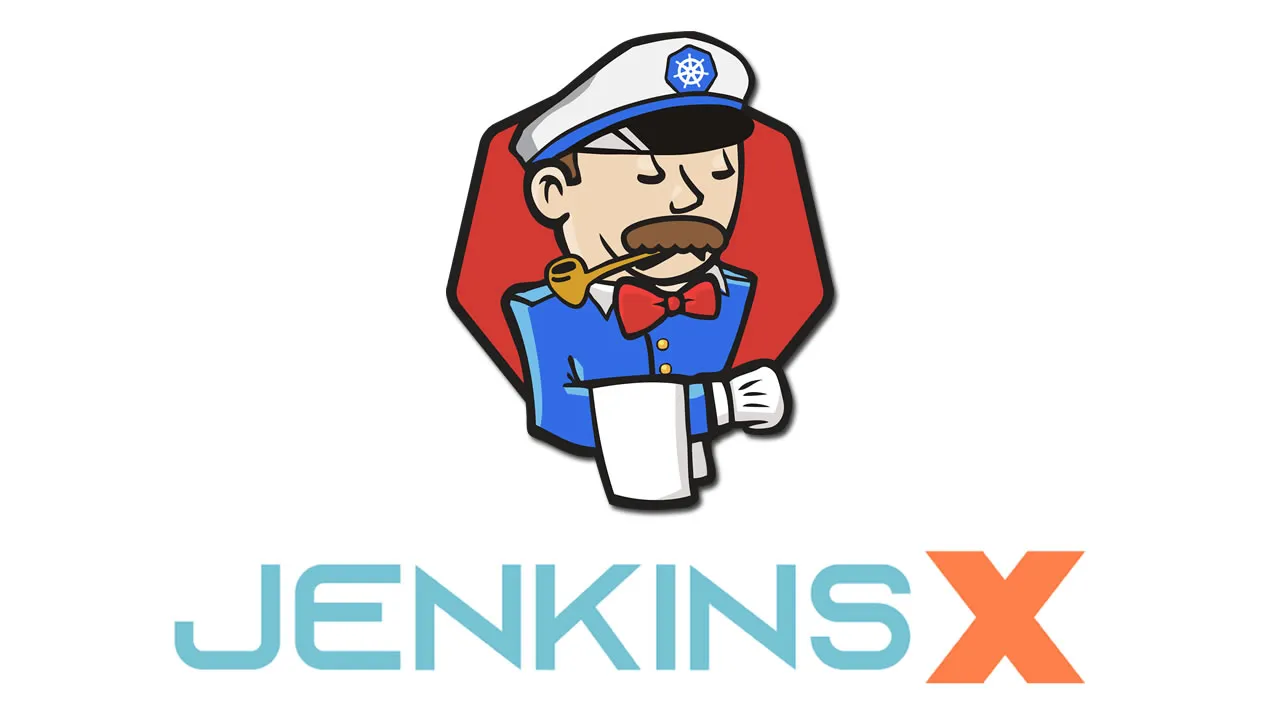The familiarity of the name Jenkins is not uncommon. But “What is Jenkins X?” and once we will know about it, certainly, there will be more questions in our mind.
Introduction
Technology is ever-evolving, and we have seen a major shift in application platforms from on-premise to cloud and containerization, application architecture from monolithic to micro-service, and many more. Organizations today are working towards making the operations an easy task and reducing the cost, as it is one of the painful areas where the project spends a lot of time and effort to streamline the entire process. Jenkins X is one of the platforms which has such kind of capability.
For an individual who is into technology, the familiarity of the name Jenkins is not uncommon. But “What is Jenkins X?” and once we will know about it, certainly, there will be more questions in our mind, and most of them will be answered in this essential document.
What is Jenkins X?
Unlike traditional Jenkins which is one of the most common CI tools and an integral part of DevOps that is usually used to integrate multiple DevOps Stages, Jenkins X (JX) is an apt solution for modern cloud applications on the Kubernetes. JX comes with continuous integration, automated testing, and continuous delivery capability for applications running on the Kubernetes platform. It provides an easy and simple way to work with Kubernetes. Using a single command, a Kubernetes cluster can be created along with all the tools which are needed to manage our application.
Initializing the application automatically creates a sample source code compatible with Kubernetes Platform, Dockerfile for image creation, Jenkinsfile for build and deployment pipeline along with other building blocks. Also, it creates few environments by default along with Preview to validate the pull request which can be used to deploy and test our application, which ultimately can be promoted to production. Looking at the above specifications, we can say that it reduces the overhead of developers to a great extent so that they can focus on application development.
Using Jenkins X, one does not need to know what all plugins are required to run CI/CD pipeline. It uses GitOps fundamentals for development and Code Promotion perspective where we have a single repository for each environment and helps to keep all the code, configuration into VCS providing advanced security and disaster recovery. Using Jenkins X, everything is saved in VCS as a code. It is the best suitable solution available in the market for applications running on Kubernetes. JX spins a lot of components automatically to support the whole platform and we will sneak into each one of them but first, we need to understand how JX is different from Jenkins 2.x.
#devops #ci/cd pipeline #jenkins x #jenkins
